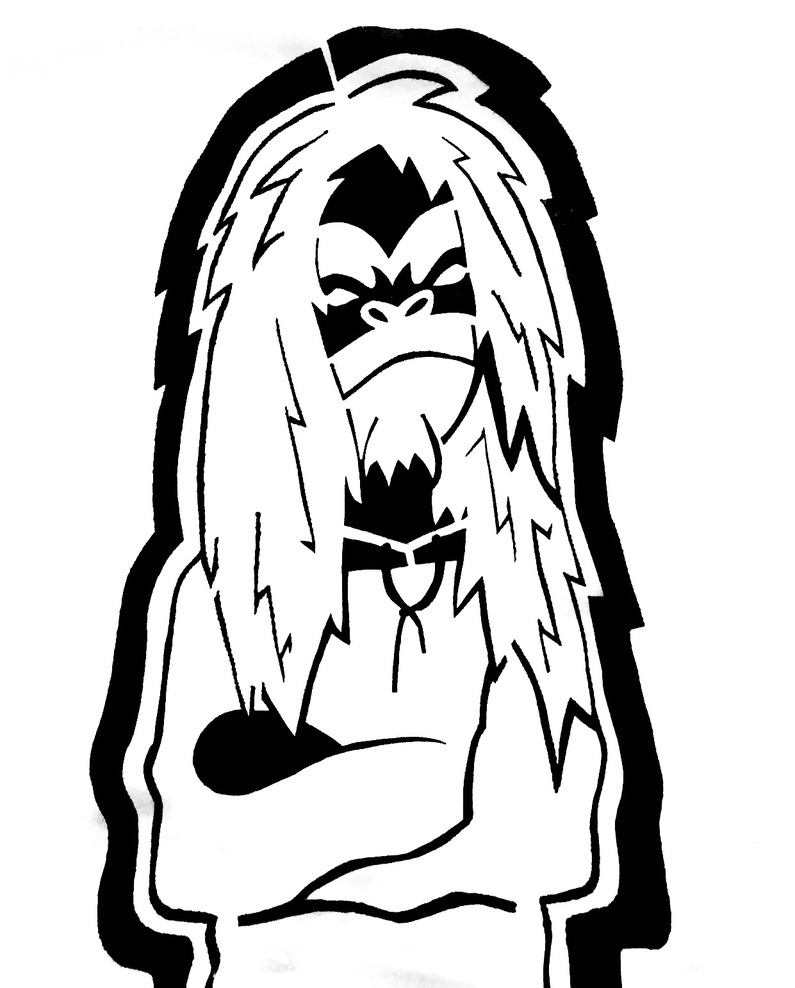Graphic by Lotte den Adel

Most recent tile placed at Vossiusstraat 16, Amsterdam
Paradiso, Amsterdam



Het Stroomhuis, Eindhoven
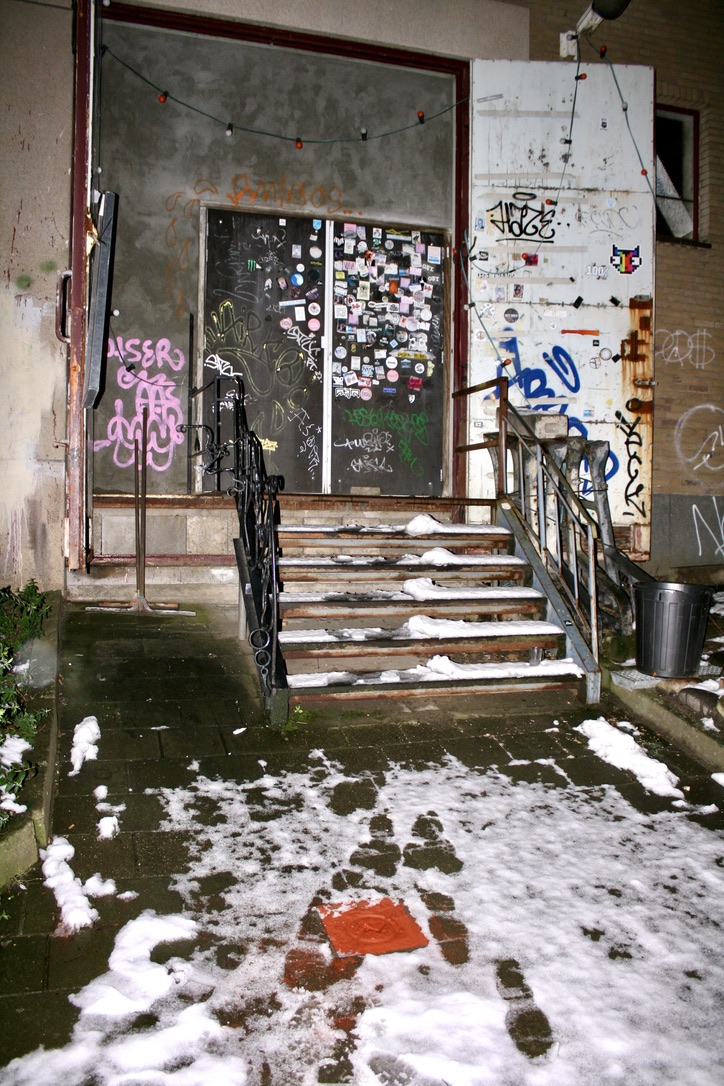
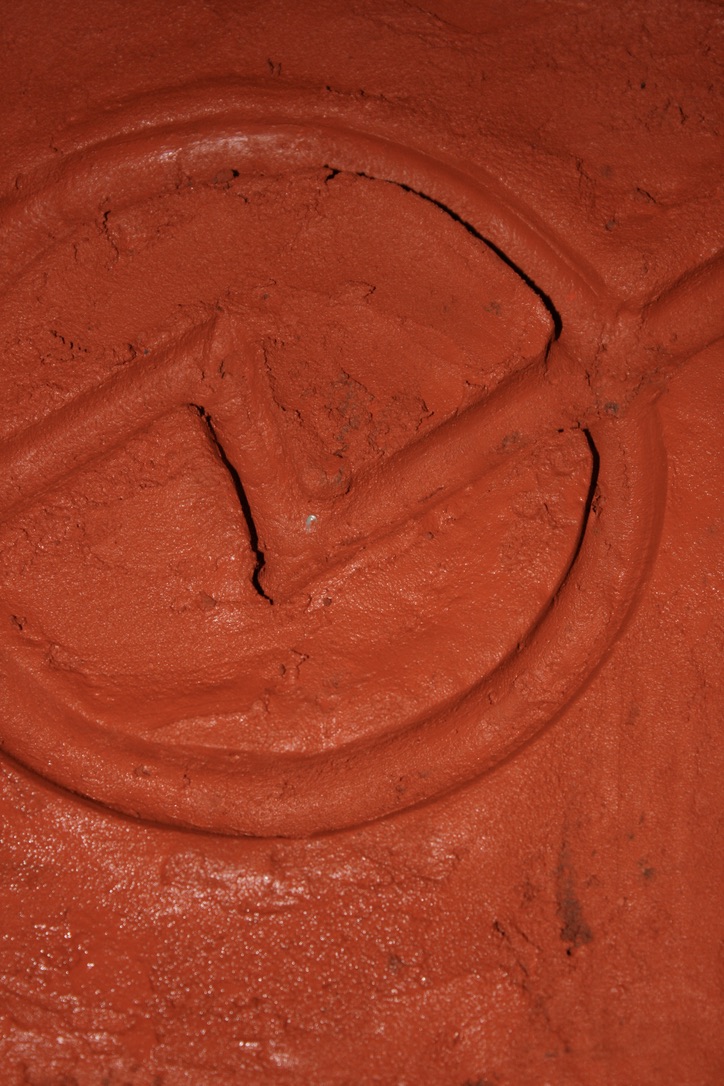
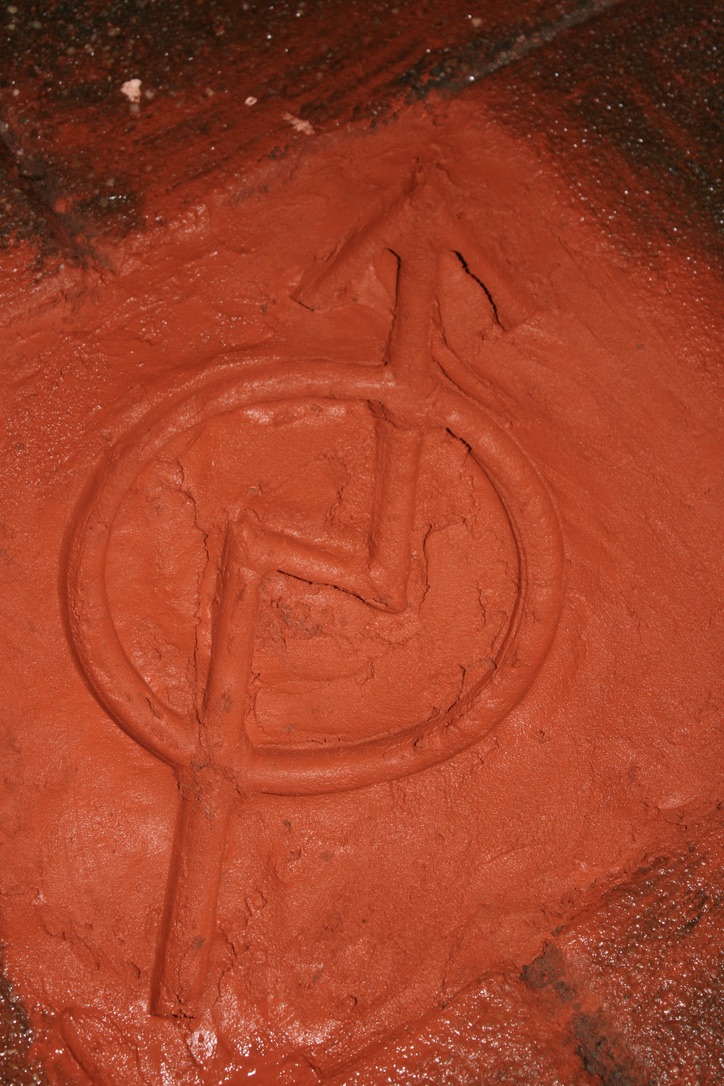
The tile at het Stroomhuis in Eindhoven


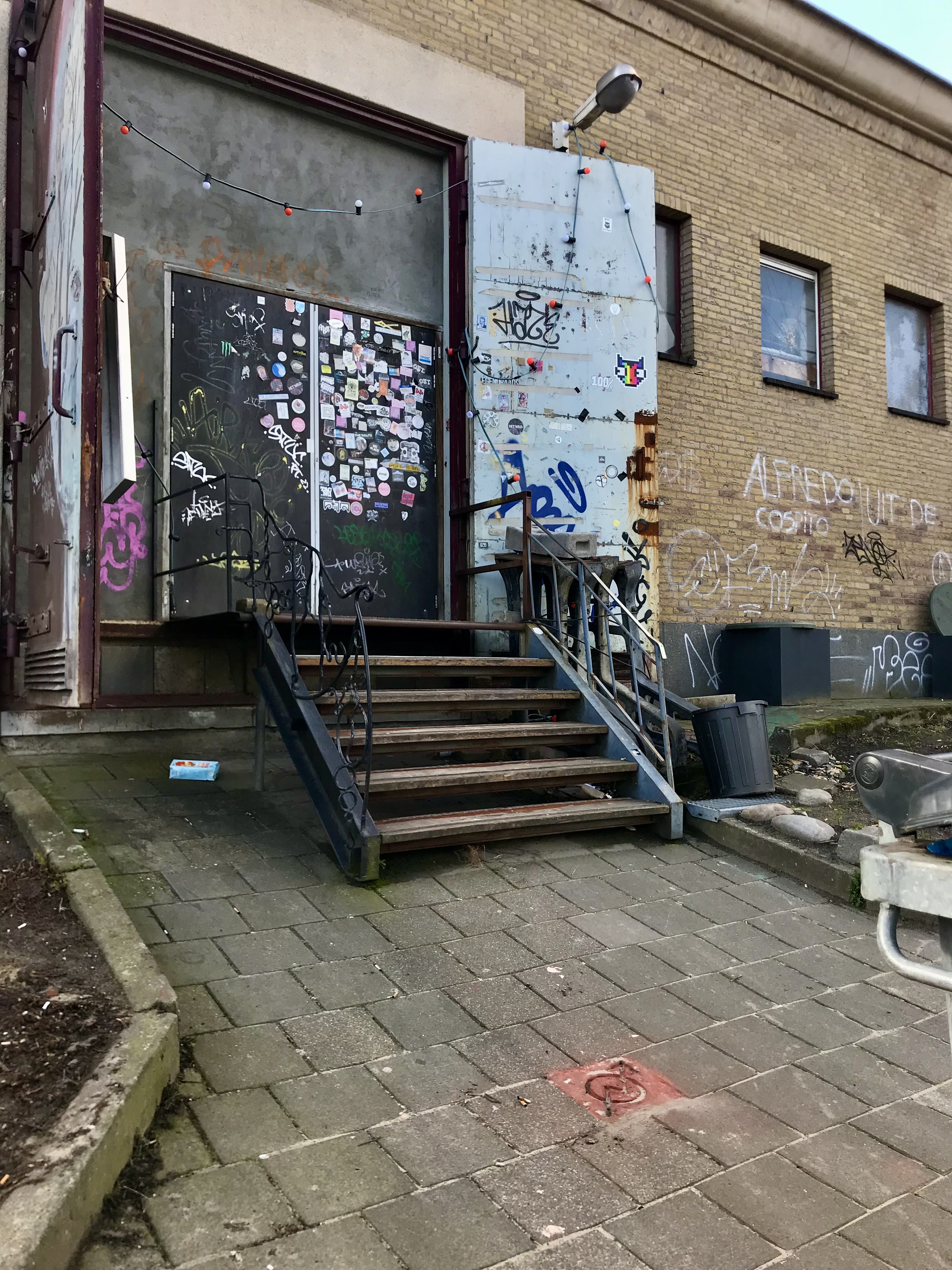
The tile at het Stroomhuis in Eindhoven, 2 months later
What?
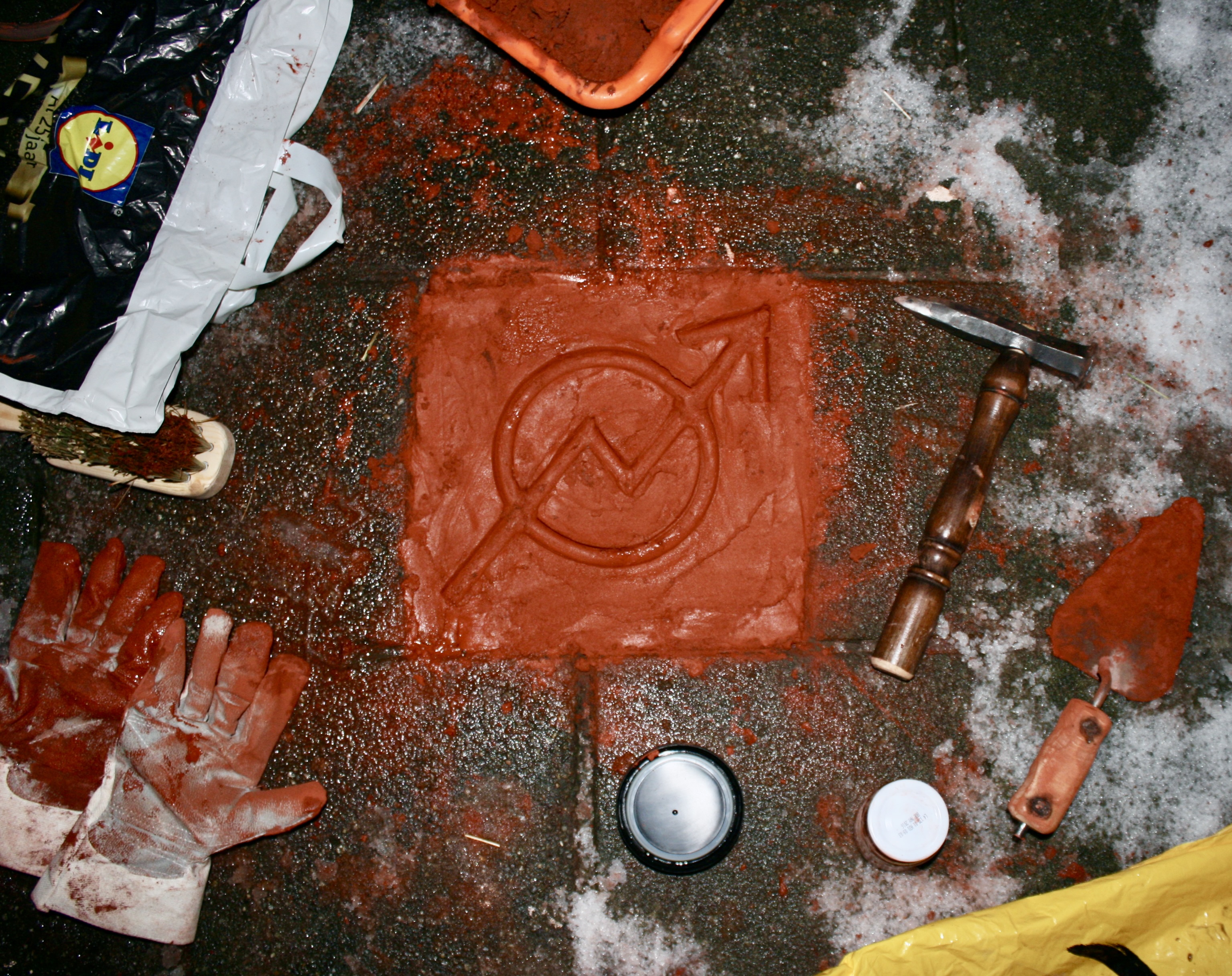
De Kraaktegel is a red square designed tile to place in front of (once) squatted places to visually preserve the history and spark
conversation about the future of squatting.
With custom-made tools, the research done with the project Collette is now brought into practice.
With custom-made tools, the research done with the project Collette is now brought into practice.
Definition of squatting
The action of occupying an abandoned or unoccupied area of land or a building, usually residential, that the squatter does not own, rent, or otherwise have lawful permission to use.Why this tile?
Plantage Doklaan, OT301, Paradiso, Het Veem, van Ostadestraat 233, and Tetterode, to name a few, are places in Amsterdam with a squatter’s history. These places have brought great housing and working opportunities, events, and new ways for people to connect.We all enjoy taking part, but do we know what it took for these places to exist today? And that the existence of similar places is an ongoing process and struggle?
The project, the Squatter’s Tile, aims to visualize the history of squatting in Amsterdam.
Often, after a building was squatted and the occupiers have been evicted, little remains from what the building became part of. The happening seeps away as a vague memory for neighborhood residents and a tiny step in the activistic struggle towards a change in society for the squatters. What remains?
Many people are unaware that buildings they are involved with once were part of the squatting movement. To enhance the importance of squatting and enlarge the support people want to offer the movement, the Squatter’s Tile aims to shift the stereotypes of squatting into active support and action towards a better and more fair society in which housing is a human right.
By marking every place that was once part of the rich history of squatting, the positive effects squatting brings about are highlighted.
The action
A tile in front of the door of an (in the past) squatted building is taken out. A new red-pigmented cement mix, including pieces of tiles from other locations, is poured back into the hole of the old tile. Then, the squatter’s logo is imprinted in the mixture to officialize the location as part of the squatter’s history. What remains is a red square tile with the squatter’s logo in front of the door of a now-marked piece of the squatter’s history.
Imagine a red tile in front of every squat there ever was. Throughout the city, a new landscape would develop. A landscape that portrays the active involvement of people that care for their city and hope for change, not tomorrow, but today!
By marking every place that was once part of the rich history of squatting, the positive effects squatting brings about are highlighted.
The action
A tile in front of the door of an (in the past) squatted building is taken out. A new red-pigmented cement mix, including pieces of tiles from other locations, is poured back into the hole of the old tile. Then, the squatter’s logo is imprinted in the mixture to officialize the location as part of the squatter’s history. What remains is a red square tile with the squatter’s logo in front of the door of a now-marked piece of the squatter’s history. Imagine a red tile in front of every squat there ever was. Throughout the city, a new landscape would develop. A landscape that portrays the active involvement of people that care for their city and hope for change, not tomorrow, but today!
Request video footage of the Placement of the squatter's tile at Het Stroomhuis, Eindhoven through the contact form
cutom-made tools to place the tile
Brush



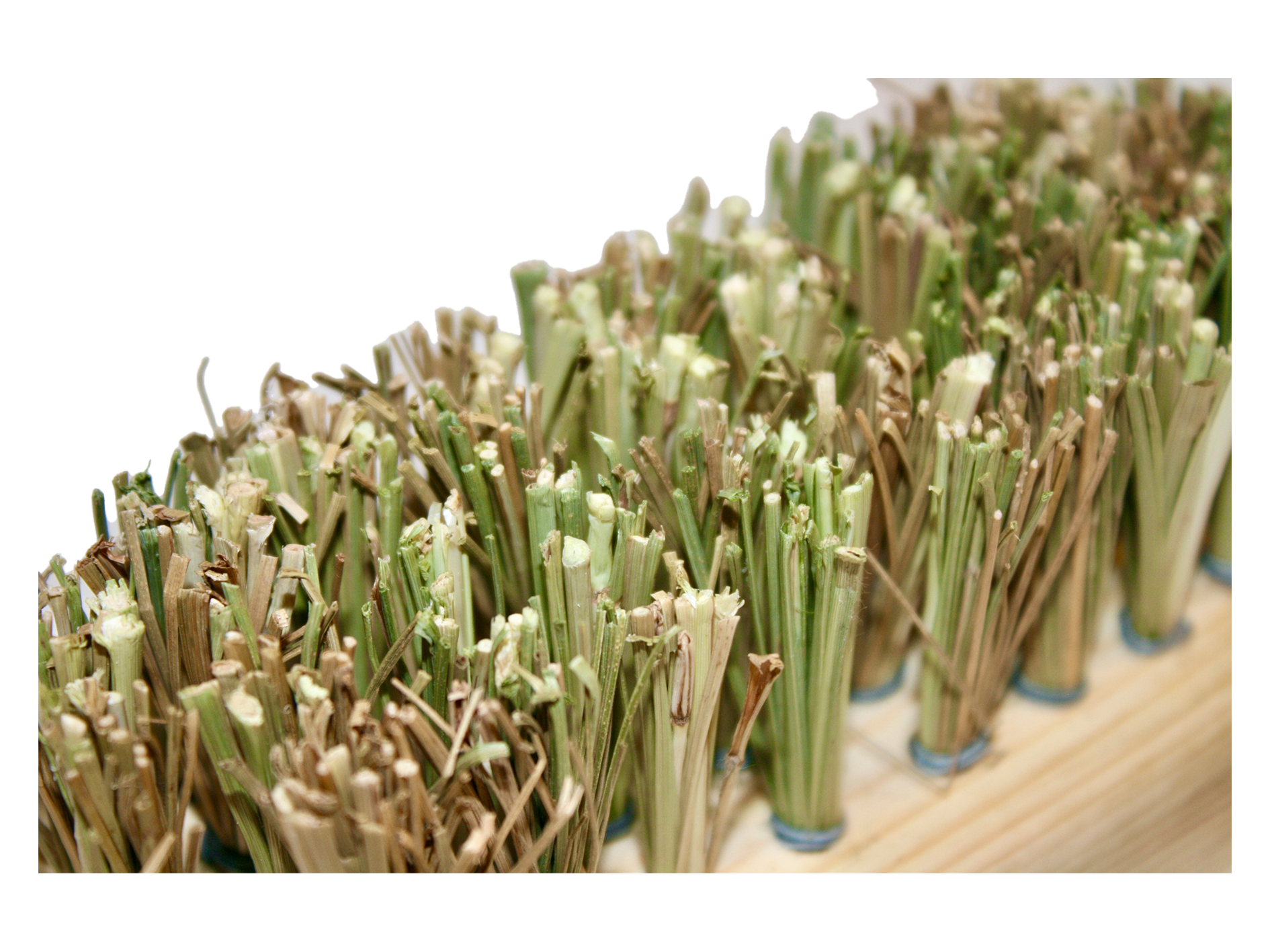
Crowbar
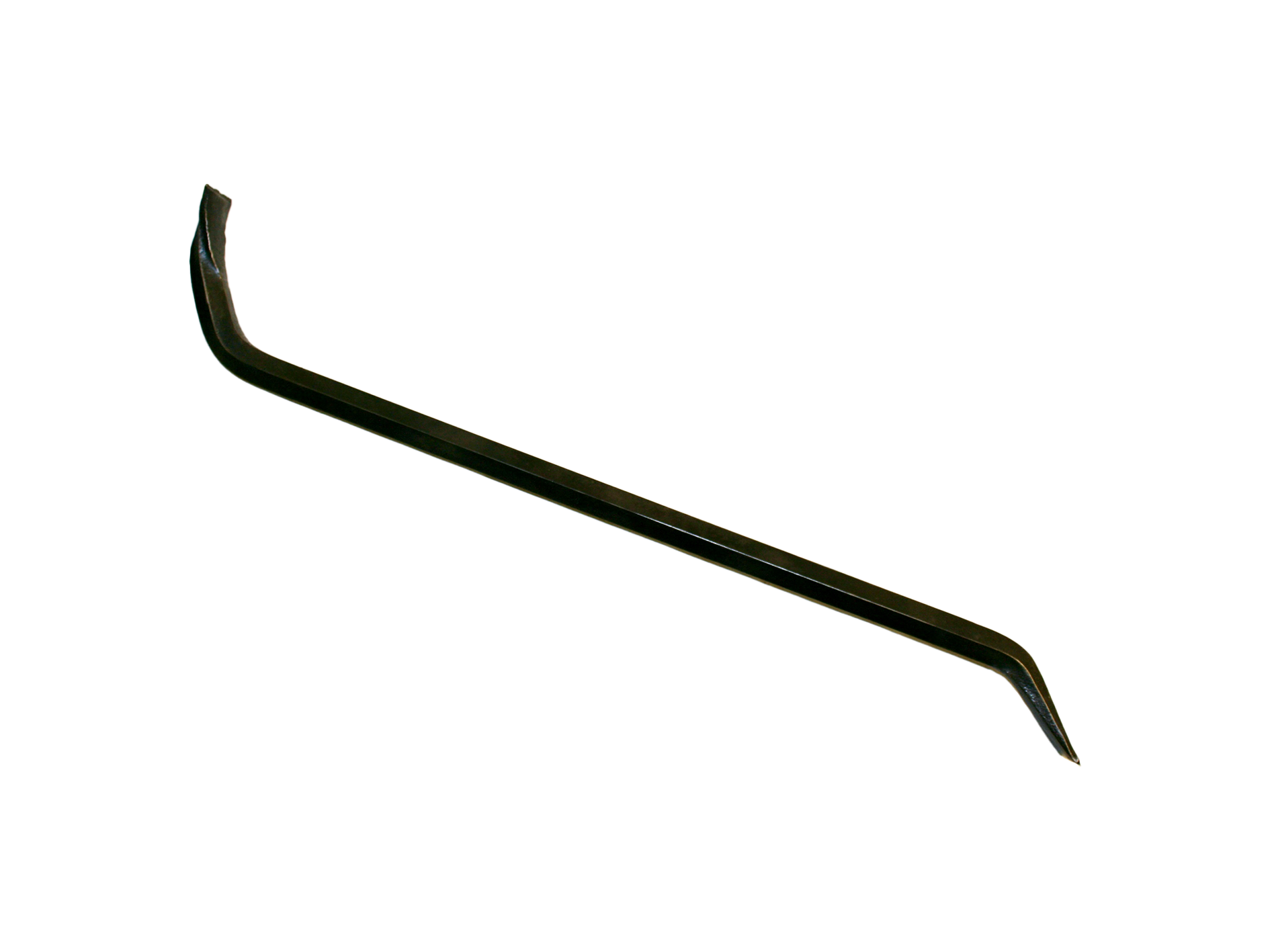
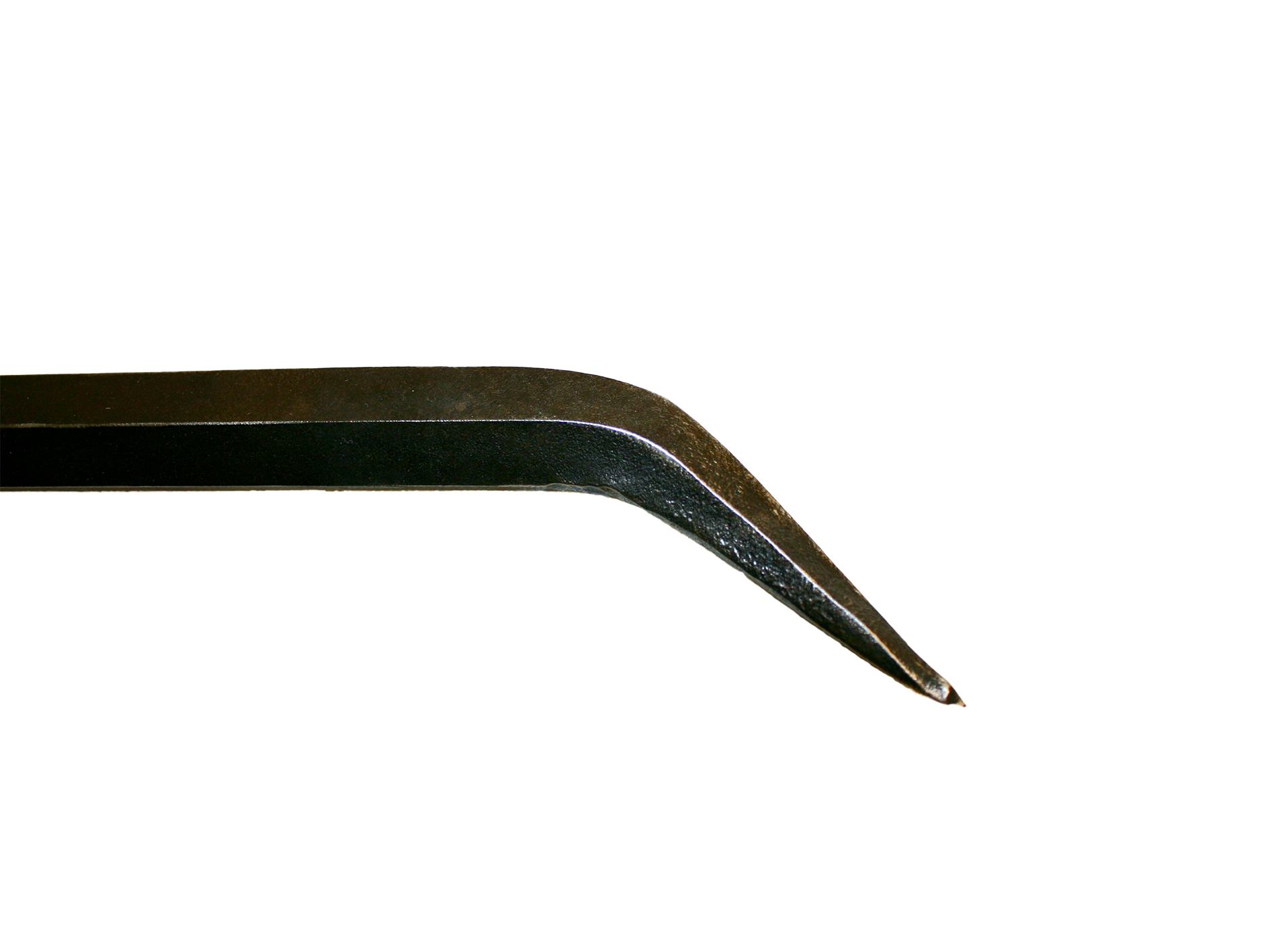
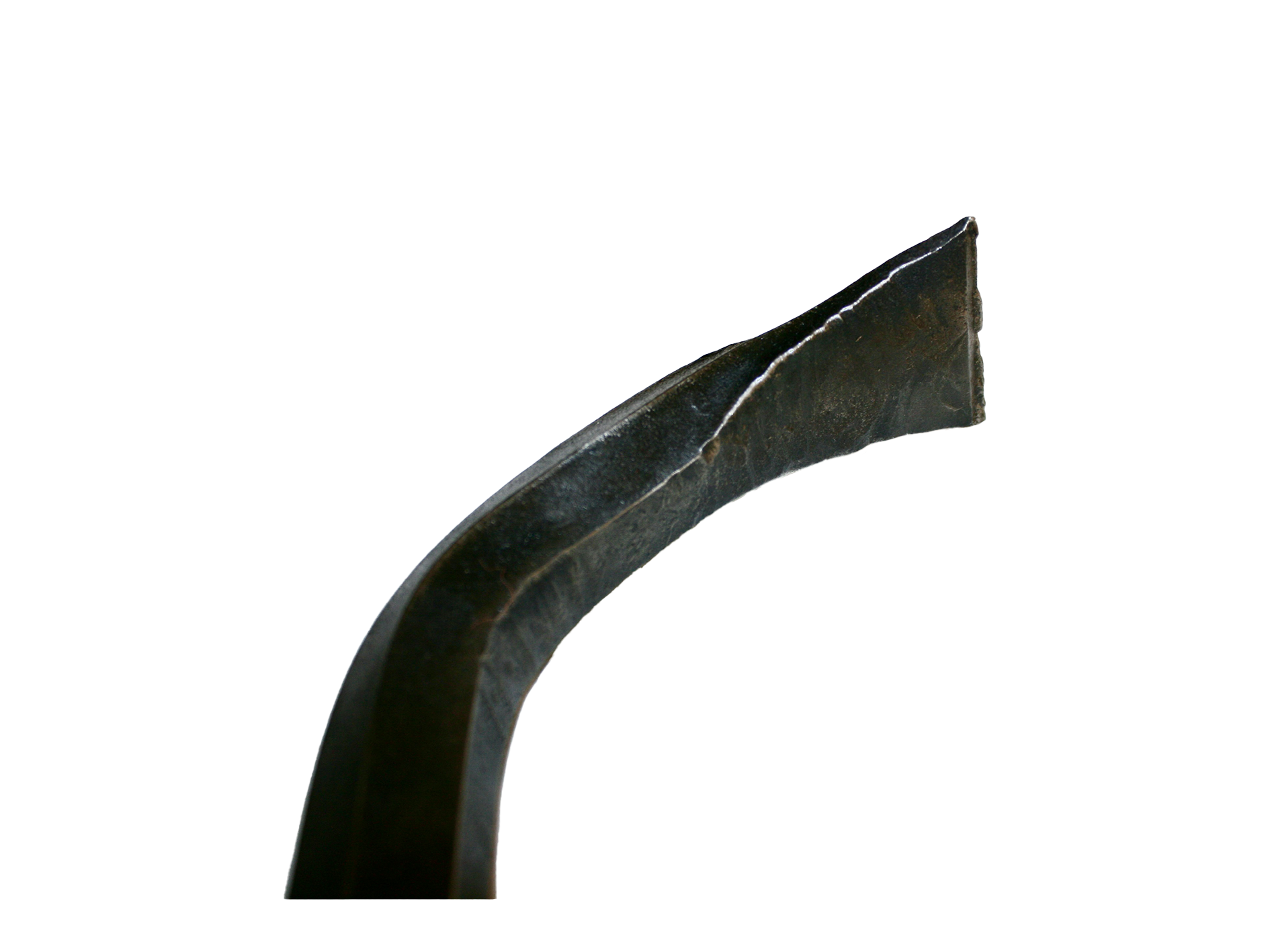
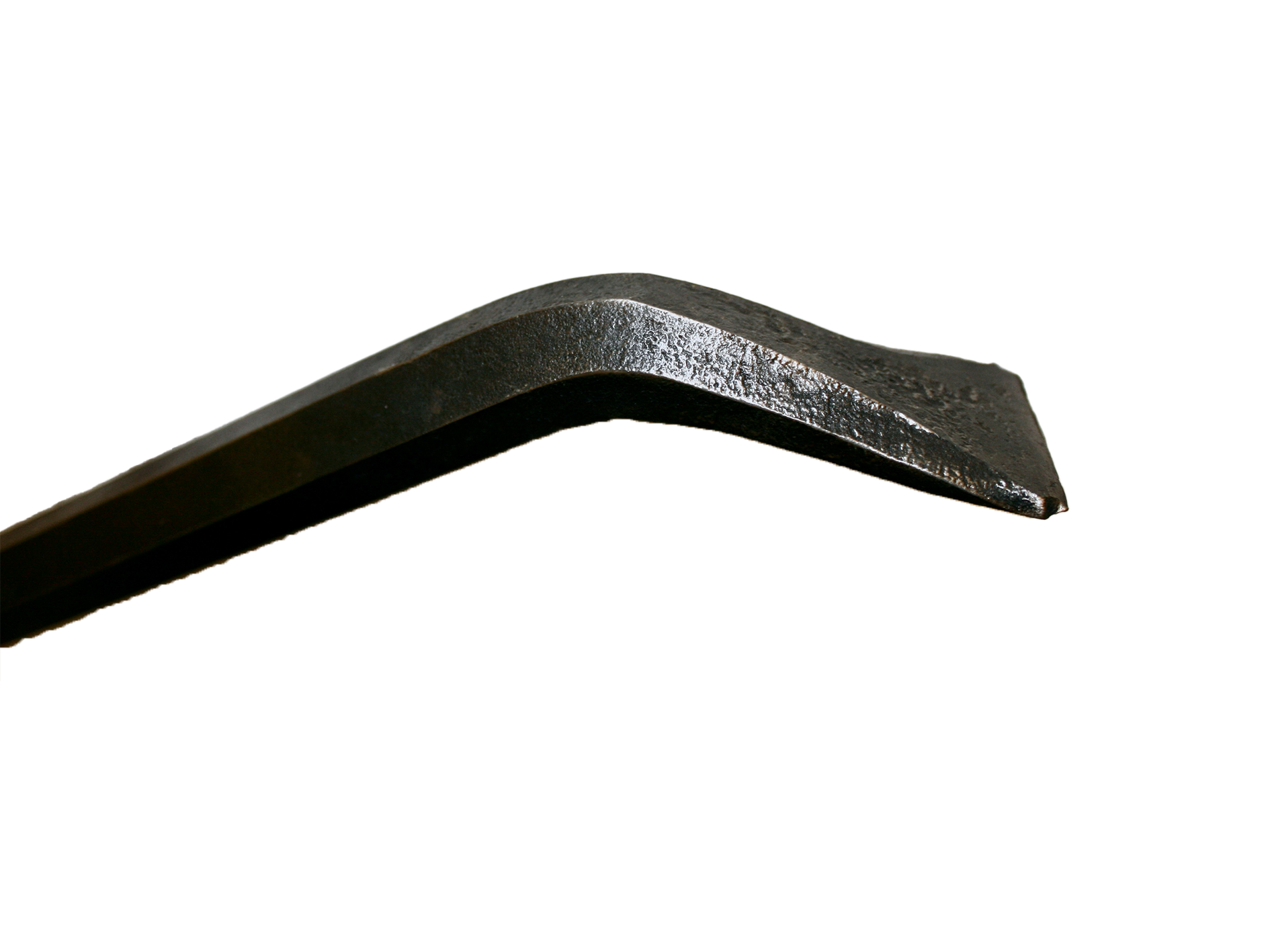
Hammer
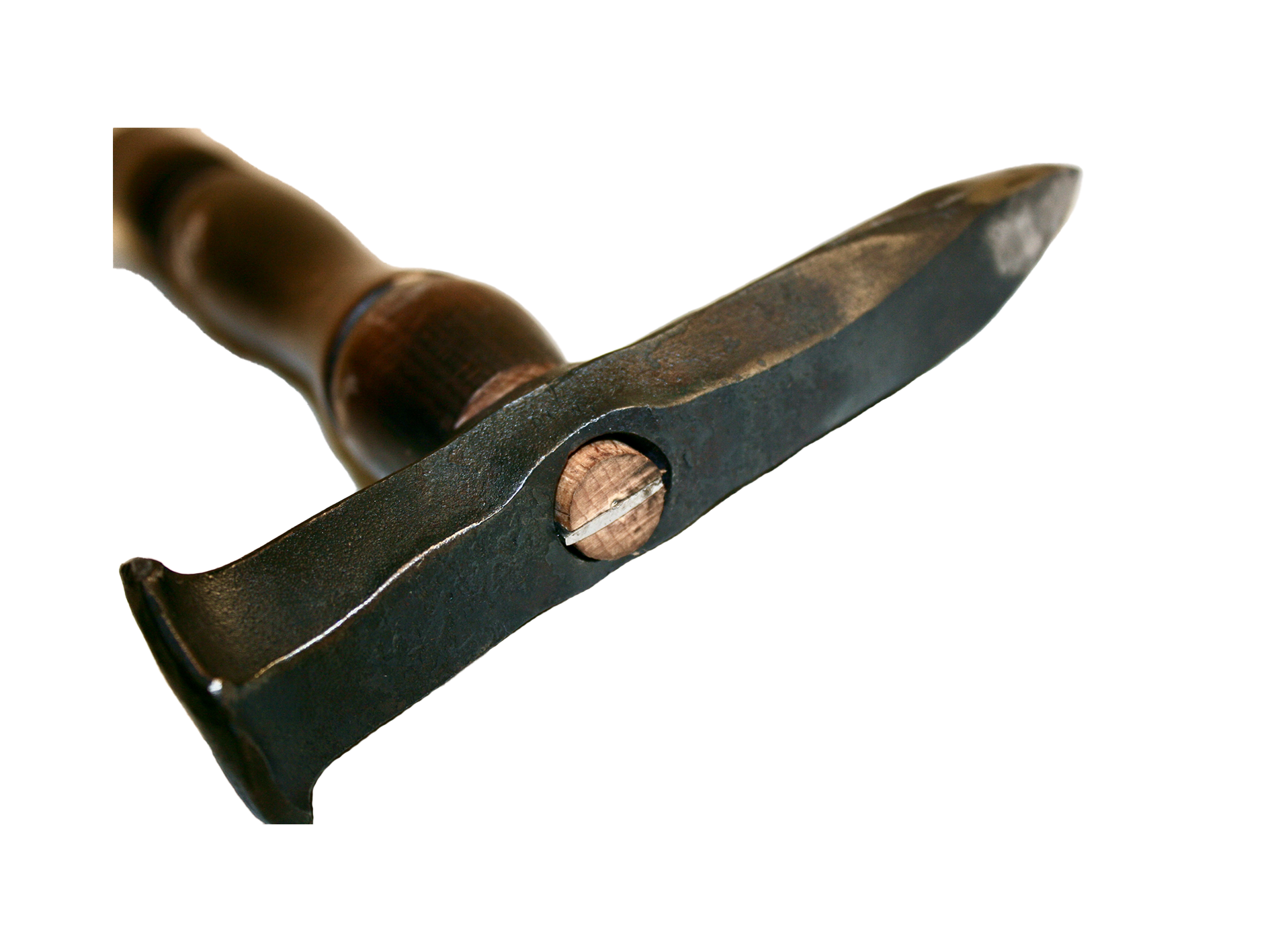


Trowel



Logo

Thanks to
Lotte den Adel for graphic design poster
Lukas Vonk for assisting Collette
Henk Hanssen for conceptual and organisational assistance
Ingrid van Roosmalen for conceptual and organisational assistance
Het Stroomhuis, Eindhoven for having been a squat
Paradiso, Amsterdam for having been a squat
The squatters of Vossiusstraat 16 for becoming my friends


